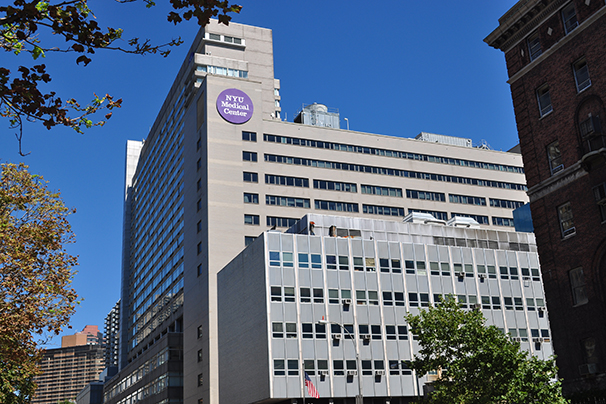
After a year of repairing $1 billion worth of damage caused by Hurricane Sandy, NYU Langone Medical Center is focusing on a different project.
Langone senior vice president of facilities maintenance Paul Schwabacher said the medical center will add about 2.3 million square feet to its facilities by the end of 2017, including transformations to the medical campus by consolidating acute clinical care resources into a single, contiguous facility.
“Langone’s sweeping campus transformation is designed to modernize its aging infrastructure in order to more efficiently and effectively meet the health care demands of today’s complex health care delivery system,” Schwabacher said.
In addition to consolidating acute clinical care resources into what will be called the North Clinical Campus, the transformation will entail extending resources to more areas of the city.
An 800,000-square foot pavilion, which will be called the Helen L. and Martin S. Kimmel Pavilion, will contain 374 inpatient rooms that will offer single beds to help prevent infections from spreading.
“As advances in technology and the pressure of external market forces propel a continuing shift from inpatient to outpatient procedures, the Kimmel Pavilion will address that shift with 39 non-inpatient beds, or NIBs, which are dedicated areas for patients who require post-procedural observation, but do not need to be admitted to the hospital as an inpatient,” Schwabacher said.
Schwabacher added that the pavilion will be environmentally friendly and include a rooftop garden.
The Kimmel Pavilion will also be home to the new Hassenfeld Children’s Hospital, which is supported by a $50 million donation from NYU Langone trustee Sylvia Hassenfeld and her family.
Another part of the transformation includes a 71,000-square foot Energy Building, which is designed to make Langone more environmentally friendly. The energy Building will provide a co-generation, or combined heat and power, natural gas power plant to generate the medical campus.
“Cogeneration is an efficient, clean and reliable way to produce power and thermal energy from a single source,” Schwabacher said. “It will greatly increase operational efficiency and decrease energy costs.”
To help pay for the $250 million Energy Building and $1.2 billion Kimmel Pavilion, the NYU Hospitals Center issued $350 million in taxable bonds Schwabacher said.
Members of Langone’s staff see the plans as positive additions.
“The transformation will provide an improved standard of care for the patient, a new environment for the patient and a boost of morale for the patient as well,” professor of pathology and neurosurgery David Zagzag said. “The new operating room that will be built is a good example of how patient care will be improved.”
Some students have expressed concerns about the noise level of the construction. At the Town Hall meeting with NYU President John Sexton last month, second-year medical school student Sunny Patel asked Sexton if something could be done about the construction of one building next to the main residential hall.
“The construction was extended 8 a.m. to 8 p.m., six days a week,” Patel said. “It is really affecting the quality of life of the students there.”
But Schwabacher said Langone has developed ways to work around the issue.
“As with any construction project, the medical center takes into consideration impact on surrounding areas,” Schwabacher said. “Work is scheduled when it will be the least disruptive and completed in phases and during specific hours.”
A version of this article appeared in the Monday, Oct. 7 print edition. Leah Alexander is a contributing writer. Email her at [email protected].






















































































































































